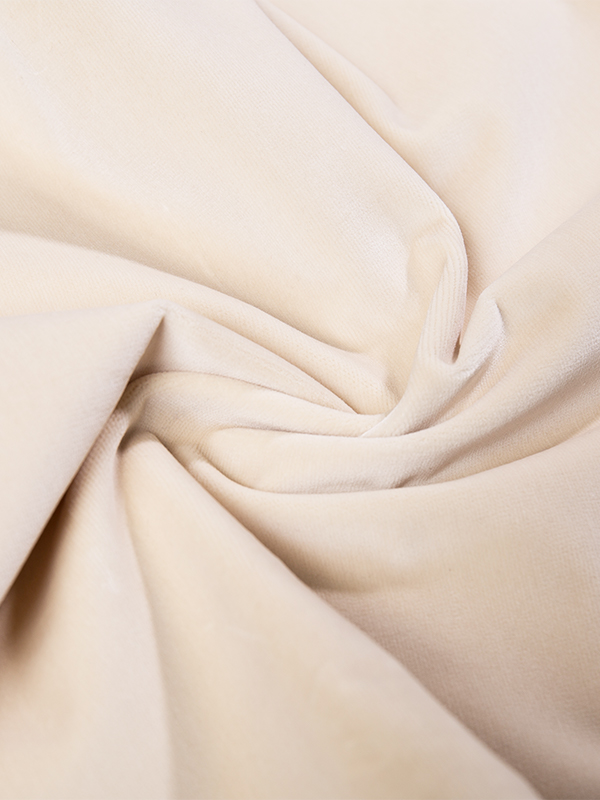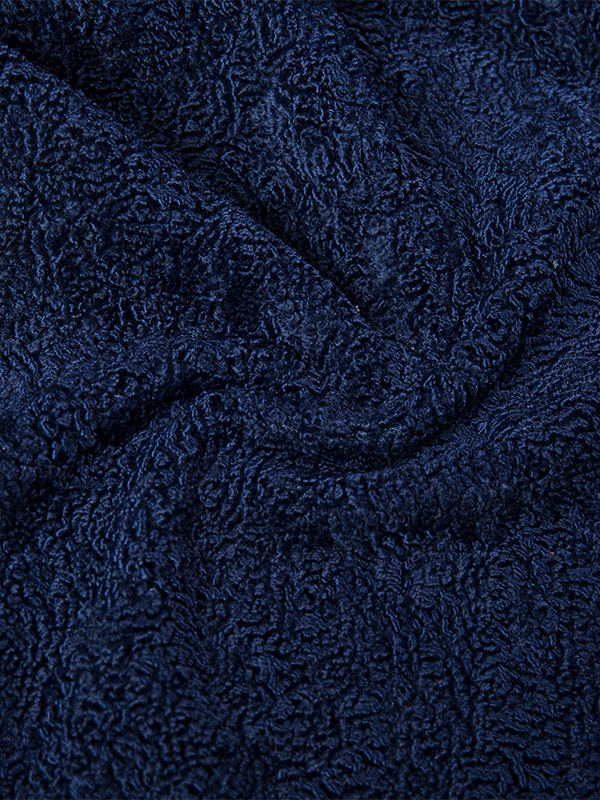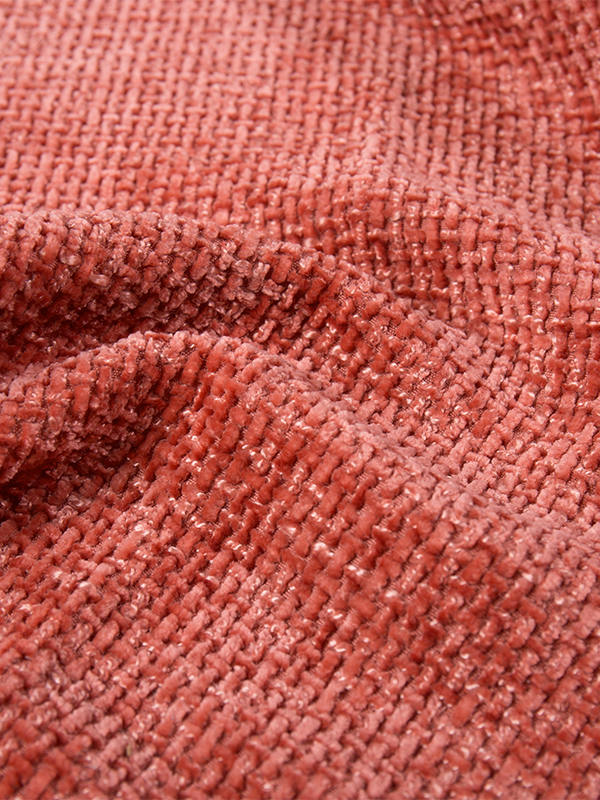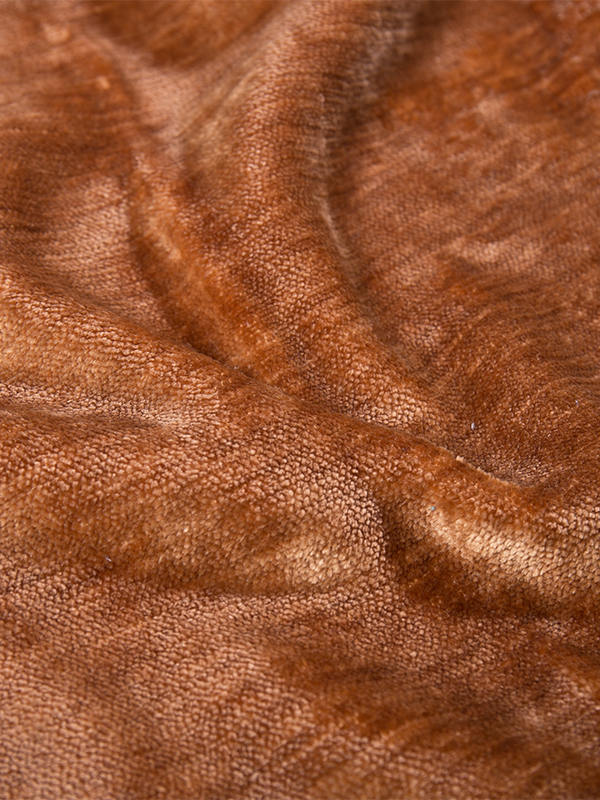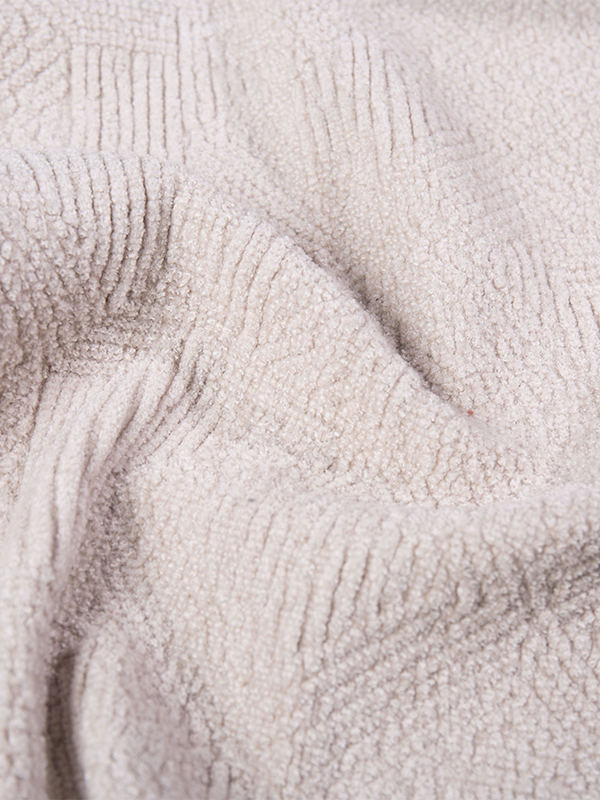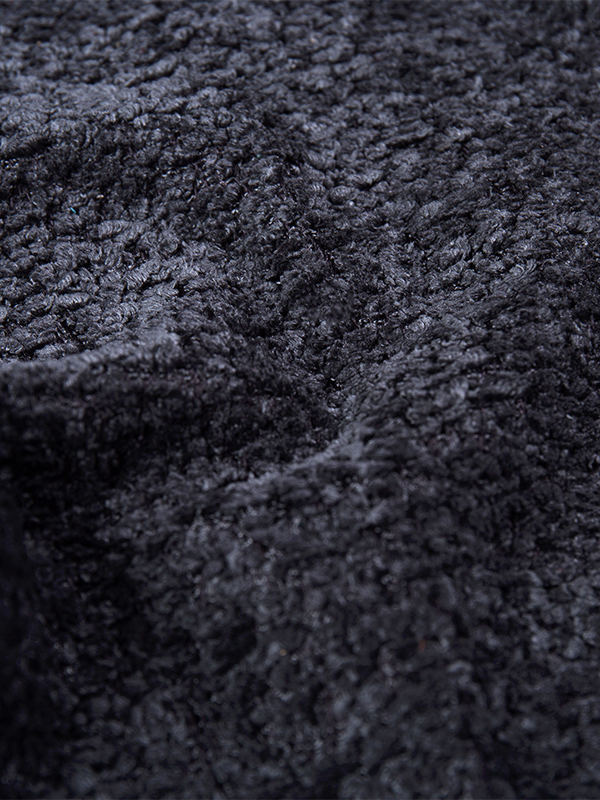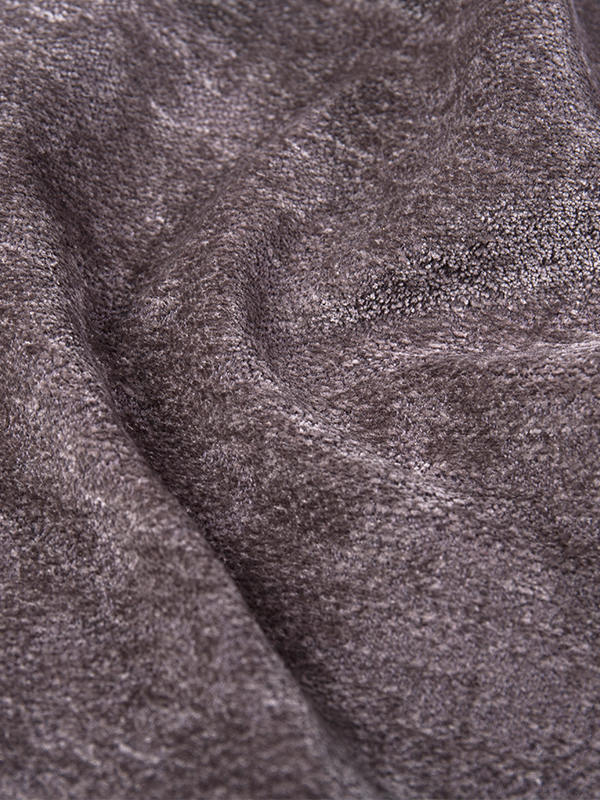When considering the price of Custom Line Patterned Modern Print Upholstery Fabric, several factors come into play, making it essential for consumers and designers to understand the key elements that influence the cost.
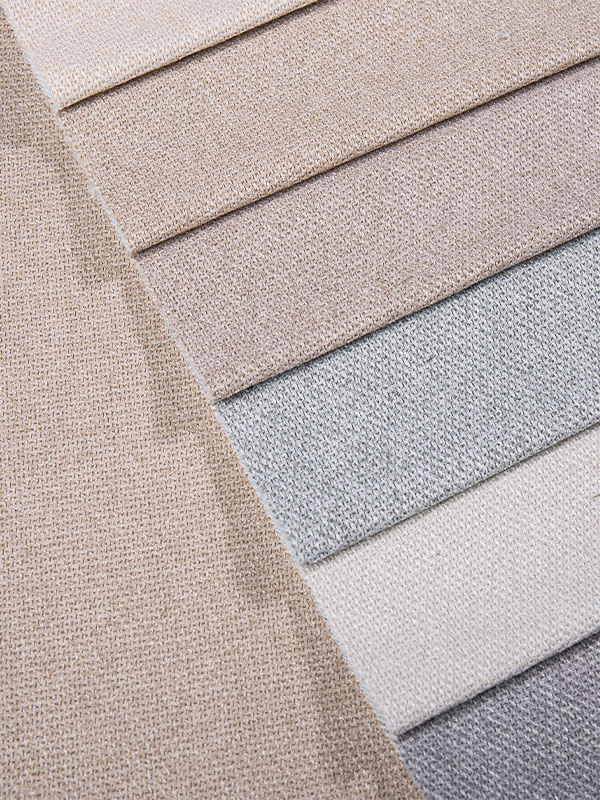
The consideration is the fabric's material composition. The base fabric used in Custom Line Patterned Modern Print Upholstery Fabric can range from natural fibers like cotton or linen to synthetic options such as polyester or a blend. Natural fabrics tend to be more expensive due to the cost of sourcing raw materials and the labor-intensive processes involved in their production. On the other hand, synthetic fabrics may be more affordable but can still achieve a high-quality finish, especially when combined with advanced printing techniques.
Another important factor influencing the price of Custom Line Patterned Modern Print Upholstery Fabric is the complexity and customization of the design. Custom prints, especially those that feature intricate patterns or vibrant colors, often require advanced printing technology, such as digital or rotary screen printing, which can increase the cost. The more detailed and personalized the design of Custom Line Patterned Modern Print Upholstery Fabric, the more resources and time it will take to produce, thus raising the price. Additionally, the fabric's size or the amount of material required for a project plays a crucial role in determining the price. Larger rolls or custom cuts often come with bulk pricing advantages, although the cost per yard might still vary depending on the volume of the order and the fabric's complexity.
The dyeing and finishing processes also affect the cost of Custom Line Patterned Modern Print Upholstery Fabric. Fabrics that undergo specialty treatments such as flame retardancy, water resistance, or UV protection require additional processes and materials, which can raise the price. Furthermore, the type of dye used for the print, whether it is a high-quality reactive dye or an eco-friendly alternative, can also contribute to the final price. Fabrics with color retention and durability tend to be more expensive, especially if they maintain their quality through repeated cleaning or exposure to sunlight.
Another element that impacts the price of Custom Line Patterned Modern Print Upholstery Fabric is the supplier or manufacturer. Different brands and suppliers may offer varying prices based on their production capabilities, reputation, and location. Custom printing often requires a degree of craftsmanship, and higher-end suppliers with specialized equipment can charge a premium for their expertise and attention to detail. The level of customer service and the turnaround time for custom orders can also influence the price, as faster delivery times or more personalized services often come at an added cost.
The quantity ordered also plays a significant role in determining the price of Custom Line Patterned Modern Print Upholstery Fabric. Smaller orders may result in higher per-yard costs due to the setup fees and the need for individual attention. Conversely, bulk orders or longer runs typically benefit from economies of scale, lowering the overall cost per yard. However, custom orders often require a higher initial investment to cover setup costs, including the creation of screens or digital files for the printing process. Depending on the supplier's policies, larger orders may come with discounts, making them a more cost-effective option for those in need of significant quantities.
Lastly, the geographical location of both the buyer and the manufacturer can affect the price of Custom Line Patterned Modern Print Upholstery Fabric. International shipping, tariffs, and customs duties can all add to the final cost of the fabric, especially if it's being sourced from overseas. For instance, a fabric ordered from a supplier in a region with a higher cost of living or stricter environmental regulations may have a higher price point compared to fabrics produced in countries with lower manufacturing costs or looser regulations.

 English
English 中文简体
中文简体 русский
русский عربى
عربى Español
Español